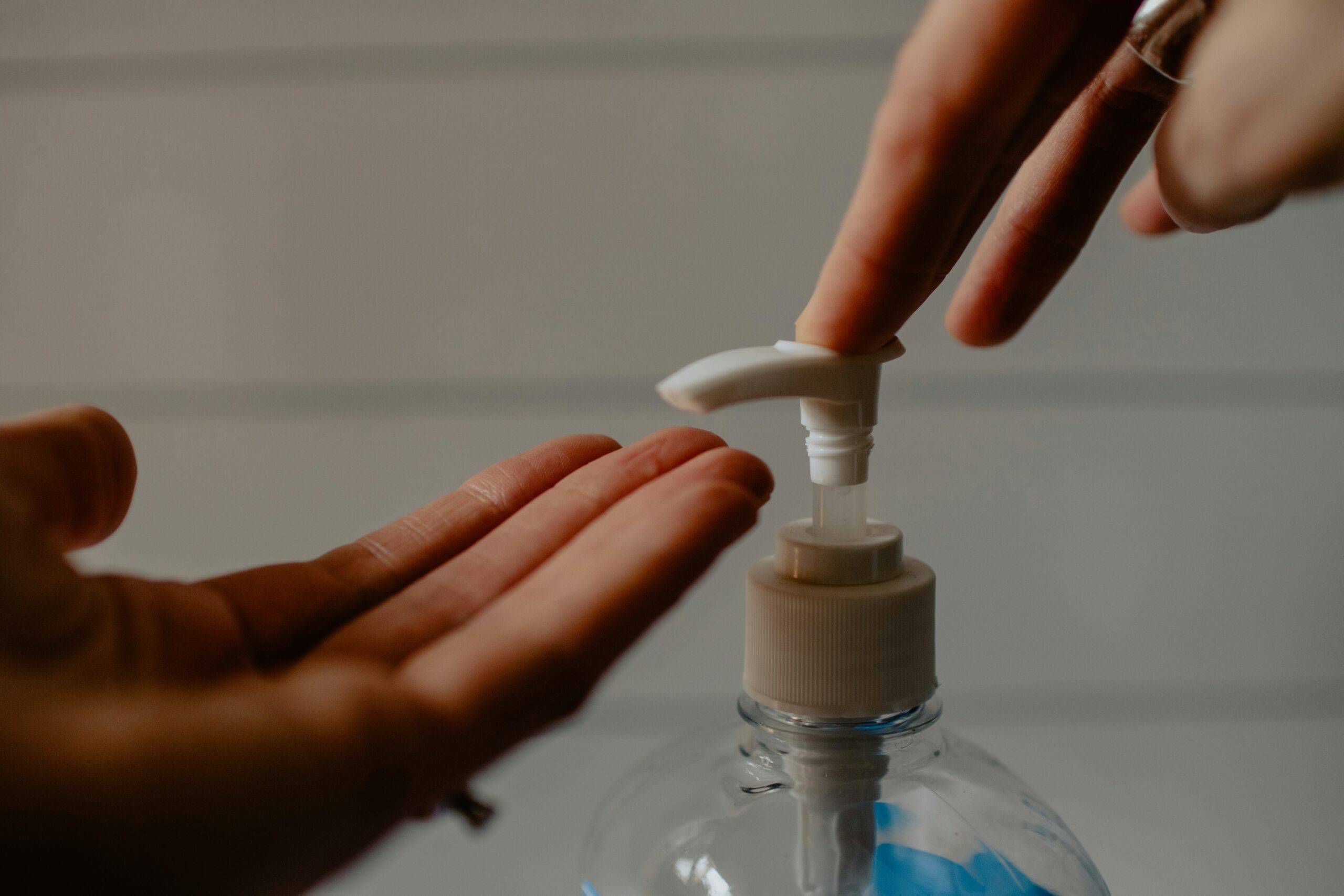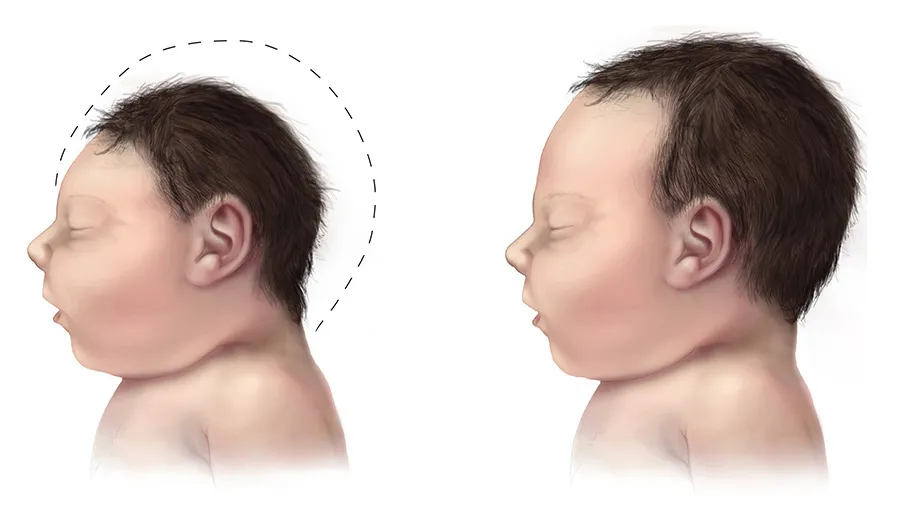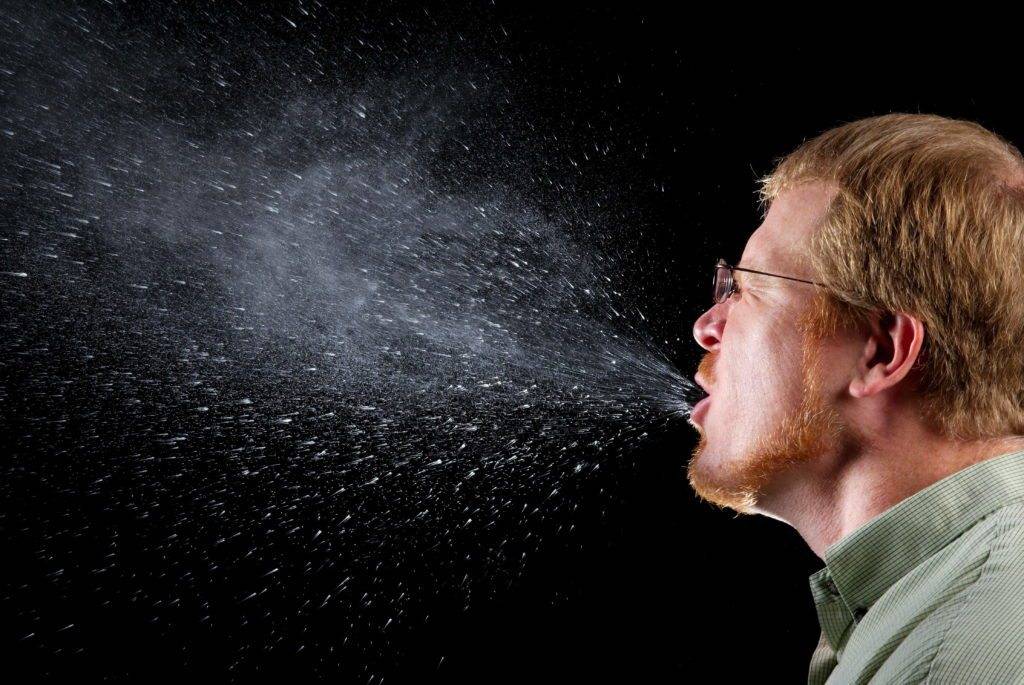Pinworms—tiny, thread-like white worms—are a surprisingly common issue, especially among children. While the idea of worms might sound alarming, pinworm infections are typically harmless and easily treatable. They are not a reflection of poor hygiene but a testament to how effortlessly these pests can spread in everyday environments.

In this blog post, we’ll explore:
- How are pinworms contracted
- Recognizing their symptoms
- Diagnosis methods
- Effective treatments
- Prevention strategies
Understanding these aspects can protect your family and maintain a healthy household.
How Pinworms are Contracted (life cycle)
Understanding the life cycle of pinworms (Enterobius vermicularis) is crucial to grasping how infections occur and spread.
1. Ingestion of Microscopic Eggs
Pinworm eggs are microscopic and can survive on various surfaces, including hands, bedding, clothing, and toys. Infection begins when these eggs are ingested, often through hand-to-mouth contact after touching contaminated surfaces.
2. Hatching in the Small Intestine
Once swallowed, the eggs hatch in the small intestine. The larvae then migrate to the large intestine, where they mature into adult worms
3. Maturation and Reproduction
In the large intestine, the worms reach maturity. After mating, female pinworms travel to the anal area, usually at night, to lay thousands of eggs in the skin folds around the anus
4. Spread of Eggs
The eggs cause intense itching, prompting scratching. This action transfers the eggs to fingers and under fingernails, facilitating their spread to surfaces and other individuals. The entire cycle, from ingestion to egg-laying, takes about 4 to 8 weeks.
Recognizing Pinworm Symptoms
Identifying the signs of a pinworm infection can lead to prompt treatment and prevent further spread.
1. Anal Itching
The most common symptom is intense itching around the anus, especially at night. This discomfort is due to female pinworms laying eggs in the perianal area.
2. Sleep Disturbances
The itching can lead to restless sleep or insomnia, particularly in children.
3. Irritability and Behavioral Changes
Lack of sleep and discomfort may cause irritability, mood swings, or decreased concentration.
4. Visible Worms
In some cases, adult pinworms can be seen around the anal area, especially at night. They appear as small, white, thread-like worms.
5. Gastrointestinal Symptoms
Less commonly, individuals may experience abdominal pain, nausea, or a loss of appetite.
Diagnosis
Accurate diagnosis is essential for effective treatment.
The Tape Test
The “tape test” is the most common method to detect pinworm eggs. Here’s how to perform it:
- First thing in the morning, before bathing or using the toilet, press the sticky side of a piece of clear tape against the skin around the anus.
- Place the tape on a glass slide or in a sealed plastic bag.
- Repeat this process for three consecutive mornings.
- Take the samples to a healthcare provider for microscopic examination.
Visual Inspection
In some cases, adult worms may be visible in the anal area or stool. Observing these can also aid in diagnosis.
Treatment
Effective treatment involves medication and hygiene measures.
Medications
Antiparasitic medications are the primary treatment for pinworm infections. Common options include:
- Mebendazole: A prescription medication that kills pinworms.
- Pyrantel pamoate: An over-the-counter option available in many pharmacies.
- Albendazole: Another prescription medication effective against pinworms.
A second dose is often recommended two weeks after the first to eliminate any newly hatched worms.
Treating the Entire Household
Due to the high risk of reinfection, it’s advisable to treat all household members simultaneously, even if they are asymptomatic.
Prevention and Breaking the Cycle: Keep Pinworms from Coming Back
Stopping a pinworm infection doesn’t just mean getting rid of the worms—it means cutting off the cycle that lets them keep coming back. Pinworm eggs are sneaky. They’re invisible to the eye, can survive for up to two weeks on surfaces, and can easily make their way back into a person’s mouth from everyday objects.
So, to get rid of them for good, you need to tackle hygiene and your home environment.
Personal Hygiene: The First Line of Defense
Teaching and maintaining good hygiene habits is the single most important step in preventing pinworm reinfection. Because most pinworm cases happen in kids (who often forget to wash their hands), this is especially important for families with young children.
1. Handwashing
Proper hand hygiene is the most powerful tool in your prevention toolbox. Hands should be washed:
- After using the bathroom
- After changing diapers
- Before eating
- Before preparing food
Use warm water and soap, and scrub all parts of the hands, including under the nails. Singing the “Happy Birthday” song twice while scrubbing is a fun and effective way to ensure kids wash long enough!
2. Nail Care
Pinworm eggs love hiding under long nails. Keep everyone’s fingernails short, clean, and neatly trimmed. Use a nail brush during handwashing to clean under nails.
3. Discourage Nail-Biting and Thumb-Sucking
These habits give pinworms a direct route back into the body. Gently but consistently remind children not to bite their nails or suck their thumbs. You can even try using bitter-tasting nail solutions designed to help break these habits.
4. Morning Showers
Showering in the morning helps wash away eggs that may have been laid around the anal area overnight. This is especially helpful in reducing the spread of eggs to bedding or hands.
Household Cleaning: Erase Every Trace of Eggs
Pinworm eggs can cling to almost anything—sheets, clothing, toys, bathroom surfaces—and don’t need much to survive. That’s why deep, daily cleaning during treatment is essential to stop the cycle of reinfection.
1. Laundering Daily
Wash the following every day during treatment and for two weeks afterward:
- Bedding and pillowcases
- Pajamas and underwear
- Towels and washcloths
Use hot water (at least 130°F or 54°C) and high heat in the dryer to kill eggs effectively.
2. Surface Cleaning
Disinfect high-touch surfaces like:
- Bathroom counters
- Toilet seats and flush handles
- Light switches
- Doorknobs
- Tabletops
- Toys and play areas
Use a disinfectant spray or a bleach solution (1 tablespoon of bleach per quart of water) to wipe these areas down daily. Be especially diligent in shared spaces like kitchens and bathrooms.
3. Vacuuming Frequently
Vacuum floors, rugs, and upholstered furniture regularly. If you have a child who plays on the floor or soft couches, pinworm eggs can settle in these spots. Vacuuming helps pull them out of carpet and fabric fibers.
4. Avoid Shaking Out Linens
When you’re changing bedsheets or handling pajamas and underwear, don’t shake them. Shaking releases eggs into the air, where they can land on surfaces or be inhaled. Instead, fold items gently and place them directly into a laundry basket.
Bonus Prevention Tips for Families and Classrooms
- Assign a “pinworm buddy” system: For younger kids, pair them with a sibling or parent to do a “hygiene check” before meals or bedtime.
- Keep toys sanitized: Especially plush toys that are frequently hugged or slept with.
- Change underwear and pajamas daily: Eggs can linger on clothes, so make clean clothes a morning routine.
- Designate shoes as “inside” and “outside”: This keeps outside dirt (which can carry all kinds of germs) from being tracked indoors.
Why Breaking the Cycle is so Important
You might treat the infection successfully with medication, but if even one egg survives and is swallowed again, the whole cycle starts over. Reinfection is common when hygiene and cleaning are overlooked.
Taking a two-pronged approach—personal hygiene plus household cleaning—gives your family the best chance at putting pinworms behind you for good. Don’t get discouraged. These changes may feel like a lot at first, but after a few days, they become part of your daily rhythm.
This is temporary—and well worth it to keep your family comfortable and healthy. You’re not just managing a case of pinworms—you’re building lifelong habits that protect your whole family. Keep up the great work!
You Can Win the Fight Against Pinworms
Dealing with pinworms might initially sound scary, especially for parents who want to protect their children from discomfort and illness. But here’s the good news: pinworm infections are very common, easily diagnosed, and highly treatable.

They’re not a result of bad parenting or unclean living—just a reflection of how incredibly easily these microscopic eggs spread in our daily environments.
A Quick Recap: What You Now Know
- How pinworms are contracted: Through the accidental ingestion of tiny eggs that can live on nearly any surface, from toys and clothing to fingers and bathroom counters.
- What symptoms to watch for: That persistent nighttime itching around the anus, irritability in kids, trouble sleeping, and sometimes even visible worms.
- Diagnosis and treatment: The simple “tape test” you can do at home, and powerful medications like mebendazole or pyrantel pamoate can quickly eliminate the worms.
- The importance of treating everyone: Pinworms spread easily within households, so it’s crucial to treat everyone—yes, even if they’re not showing symptoms.
- Breaking the cycle for good: This means consistent handwashing, thorough cleaning, daily laundry, and avoiding habits like nail-biting that bring eggs close to the mouth.
Empowering Parents with Knowledge
When you understand the facts about pinworms, you’re no longer reacting with fear or panic—you’re taking proactive, informed steps to protect your family. Remember, millions of families deal with pinworms every year, and most overcome quickly and completely with proper care.
Awareness and action are the two most important tools in your parenting toolkit. And while the idea of worms might sound icky, the truth is that pinworms are more of a nuisance than a danger. Knowledge and follow-through can break the cycle and move on from this experience wiser and more confident.
Know When to Call Your Pediatrician
If you’ve tried treating pinworms and the symptoms continue—or if you’re unsure whether your child has pinworms—don’t hesitate to reach out to your pediatrician. They can confirm the diagnosis, offer the best treatment options, and ensure the whole household stays healthy.
For more expert pediatric advice and helpful family health tips, visit Omegapediatrics.com and check out articles like
- Adenoids: The Unsung Heroes of Your Child’s Immune System
- 8 Most Common Childhood Illnesses: Insights from a Pediatrician
Being a prepared parent makes all the difference. You’ve got this—and pinworms don’t stand a chance.



